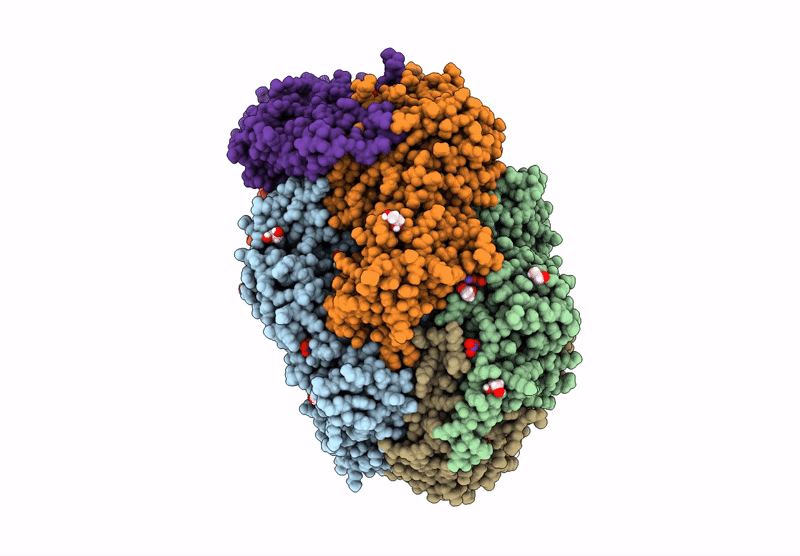
Deposition Date
2025-04-02
Release Date
2025-07-16
Last Version Date
2025-09-17
Entry Detail
PDB ID:
9QR1
Keywords:
Title:
Methyl-coenzyme M reductase of ANME-2d Candidatus Methanoperedens sp. BLZ2 from a bioreactor enrichment culture
Biological Source:
Source Organism:
Candidatus Methanoperedens sp. BLZ2 (Taxon ID: 2035255)
Method Details:
Experimental Method:
Resolution:
0.98 Å
R-Value Free:
0.11
R-Value Work:
0.10
R-Value Observed:
0.10
Space Group:
P 1 21 1


